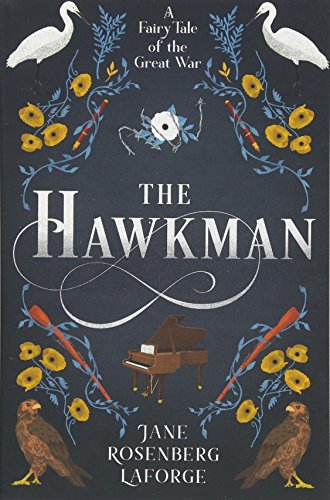The Hawkman
Just after WWI in the fictional British village of Bridgetonne, American Eva Williams takes a position as teacher of mythology at the local girls’ college. She learns of a man known only as The Hawkman, a vagrant who sleeps in the hedgerows and scavenges for food. When she meets him in the flesh, she realizes there is much more to him than the closed-minded villagers are willing to see and convinces him to let her help him. She learns his name is Michael Sheehan and that he served in the infantry during the war. The two soon learn to navigate the treacherous village politics created by Lord Thornton (imagine Downton Abbey’s Lord Grantham, only deliberately cruel) as they slowly build up trust and a relationship deeper than any could have expected or understood. Over time, they create their own insular world, filled with silence and fragile light and broken pieces of themselves in this quiet, exquisitely rendered narrative of love and friendship, intolerance and fear. Liberally woven throughout are Sheehan’s flashbacks from the war and fairy tales from Eva’s childhood, which lend the novel a dark, otherworldly tone.
LaForge’s writing is ethereal, and her elements of magical realism are beautifully interspersed throughout the novel. This story draws heavily from the Brothers Grimm tale of “The Bearskin,” which is perhaps less well known than others of their canon, a refreshing change from the more familiar stories of “Cinderella” or “Sleeping Beauty.” It also references documented experiences of English prisoners from German POW camps. The intersection of the two realms is intriguing and grounds for some fabulously surreal scenes. The novel is replete with hidden commentary about soldiers, mental health, and PTSD that is still highly relevant and worthy of continual discussion. However, the novel’s slow pacing may be off-putting to some readers despite the beauty of the prose.










